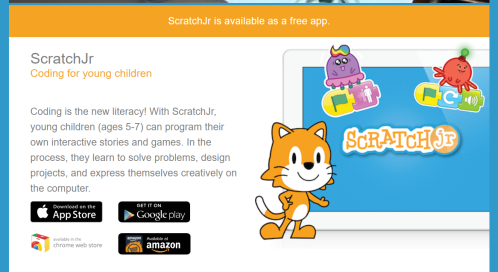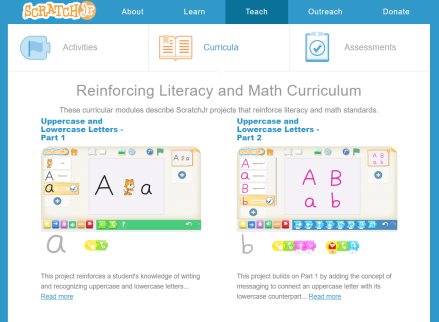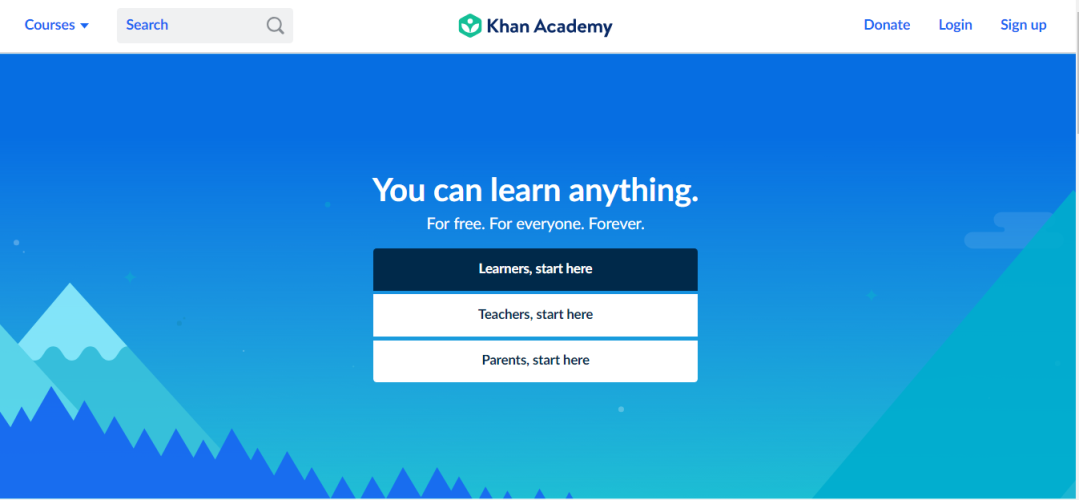I always love writing these posts at the end of Alec’s courses because it is amazing to see and reflect on the amount of growth that has happened over the course. This course was extremely challenging for me as I am currently on maternity leave (and my 9 month old is a stage 5 clinger… and my almost 3 year old is much better. haha!). At the same time, I am so proud of what I accomplished this course. Creating my online course will not only benefit me, but also all grade 1 teachers within Regina Catholic schools (and really any other teachers using a word study program) because all of my lessons are shareable and editable.
At the beginning of this course we were asked to list our main goals for the course. I have listed them below and have reflected on them and how I progressed this semester.
My number one goal for this course is to get through it without missing a deadline and being able to produce the quality of work I am used to producing! (YES! I did it. I was able to keep my deadlines straight in my head and did not miss an assignment, WOOHOO!). Three other goals I have are:
- To develop an understanding of the pedagogical issues (e.g., learning strategies, developing content, delivery/facilitation formats/options, developing presence, cultivating community, etc.) of blended and online learning. As an elementary school teacher, I see very few instances of blended and online learning (although we do have some excellent examples of it happening right within our school division by extraordinary teachers, such as Matthew Bresciani) and I would like to explore how we can help close that gap. (My understanding of what blended learning is has completely shifted over this course. At the beginning of the course, I was merely scratching the surface of what blended learning was and I was limiting it to my preconceived notions and past experiences of fully online (distance) learning. As we progressed through this course, I gained understanding on the pedagogical issues of blended and online learning and have found creating a course prototype and being a student in a blended course simultaneously has helped me to develop a strong pedagogical understanding of online learning).
- To examine and evaluate blended and online course content, pedagogical practices, and tools for implementation. To be completely honest, I don’t know what is really out there (other than YouTube and MOOCs) for designing online and blended learning. I would like to explore, evaluate, and examine the various tools used to deliver the course and the pedagogical practices that need to be in place in order for them the be successful. (WOW! There are so many tools out there to create a blended learning environment. My view of blended learning before this course was very distorted and I thought blended learning could only be achieved successfully in the older grades or post-secondary education. This course has opened my eyes to the way we can blend with many different ages and populations. It has been so great following everyone else’s journey to see how they would blend in their courses).
- To create something that is useful and can be used again. This is one of my favourite aspects of Alec’s courses — everything that we do is purposeful and has true meaning and the ability to impact teaching and learning. (Yes! Yes! Yes! Like I said above, Creating my online course will not only benefit me, but also all grade 1 teachers within Regina Catholic schools (and really any other teachers using a word study program) because all of my lessons are shareable and editable).
I feel like this course went by in the blink of an eye. Here is a quick timeline of the major takeaways from the course related to designing for online and blended learning.
What is Blended Learning? from The Learning Accelerator on Vimeo.
My mind was blown away with the learning activities we did together in our first class. I have taken other classes with Alec before, but it just seemed like doing group work and connecting with others was SO easy and natural in the course. In our first class we worked in breakout groups to define what is blended learning and online learning. At the same time, Alec polled Twitter to get their definition and within a few minutes we had a collaborative document that was created by 25 individuals and a twitter thread with multiple responses. I was very excited to see what the rest of the course would entail.
I really like this definition of blended learning by Vaughn, Cleveland-Innes, and Garrison:
Blended learning can be defined as the organic integration of thoughtfully selected and complementary face-to-face and online approaches and technologies. A direct result of the transformative innovation of virtual communication and online learning communities, blended learning environments have created new ways for teachers and students to engage, interact, and collaborate.
One of the most crucial readings to my development this course was the Tony Bates Chapter on the continuum of technology-based learning.
Blended learning can include a wide variety of designs. One of the best things about this course was seeing the wide variety of courses designed by my peers and all the different ways ( CMS/LMS/VLE and selected platforms) their online courses would take place.
‘Blended learning’ can mean minimal rethinking or redesign of classroom teaching, such as the use of classroom aids, or complete redesign as in flexibly designed courses, which aim to identify the unique pedagogical characteristics of face-to-face teaching, with online learning providing flexible access for the rest of the learning.
One of the most challenging (and rewarding) things done this semester was creating my content modules. I thought this would be fairly easy when I first looked at the assignment, but after many, many hours of work, edits, and design, I found that perhaps creating an online course is more work than teaching F2F. I feel like a lot of the work in in an online course happens at the “design” stage and you really need to think of what you want to accomplish in your course and how you are going to get there. BUT… once you create your online course you can use it again, again, and again. So it is worth it to put in the effort at the beginning.
I really liked having the opportunity for some free exploration this semester to look at creation tools, open content resources, and tools for videos, audio, and presentations! Being on maternity leave basically back to back has left me feeling a bit in the dark and the opportunity to explore these tools will help me a great deal when I get back into the classroom!
One of the BEST experiences in the class was reviewing my peers courses and receiving the feedback on my course. This was so valuable as I was able to see what my peers were doing and also reflect on the changes I needed to make my course better. This feedback was really a game changer in my online course and if you look at my first submission to my final submission, you will notice that A LOT has changed.
The community created in this course was one of the best communities I have had in my graduate studies and it was through an online course. I really appreciated the time to do breakout sessions with my peers where we could discuss and work together to deepen our understanding of blended learning. I enjoyed connecting with everyone on Twitter and working with my PLN to find and share resources on blended learning. And I enjoyed reading everyone’s blogs to see how their journey was going this semester as well.
Here’s to one more week!!
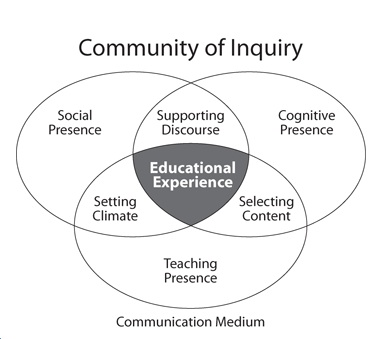
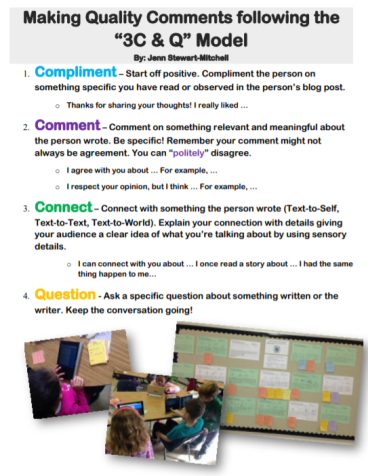 reflection and peer feedback. This will be modeled by the teacher and practiced as a group to ensure that feedback is meaningful and purposeful. The structure I plan to use to encourage authentic feedback is 3Cs and a Q. In the Seesaw app, teachers have the opportunity to review any comments before they are posted to ensure that feedback is constructive & appropriate.
reflection and peer feedback. This will be modeled by the teacher and practiced as a group to ensure that feedback is meaningful and purposeful. The structure I plan to use to encourage authentic feedback is 3Cs and a Q. In the Seesaw app, teachers have the opportunity to review any comments before they are posted to ensure that feedback is constructive & appropriate.